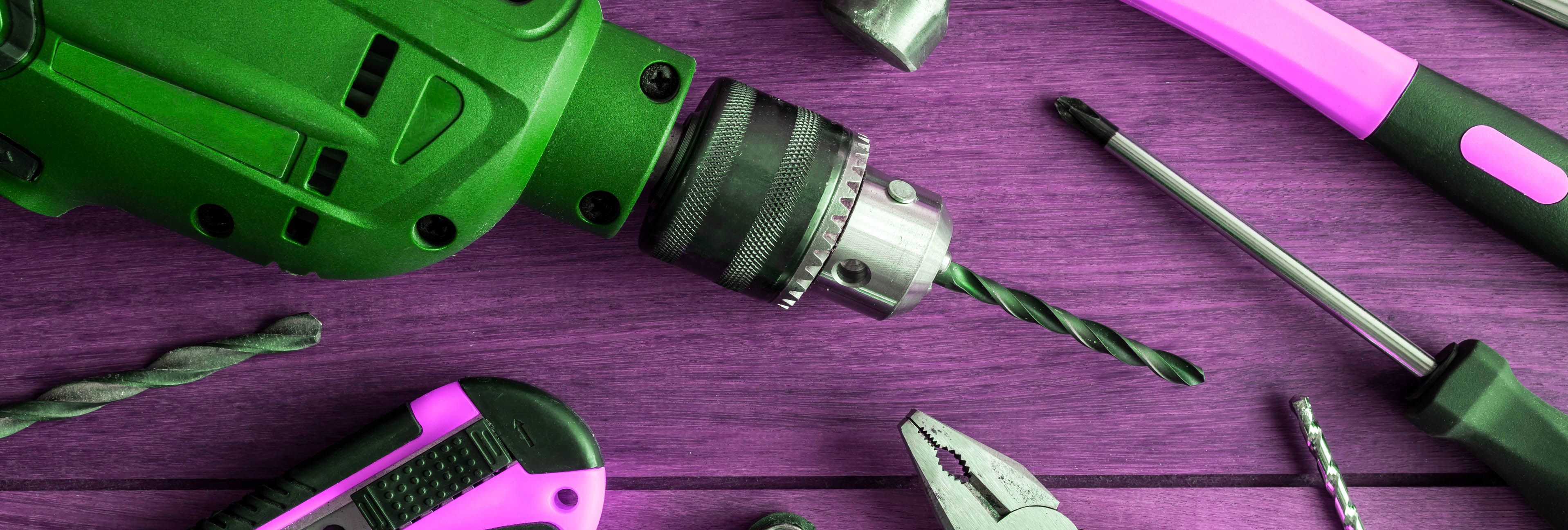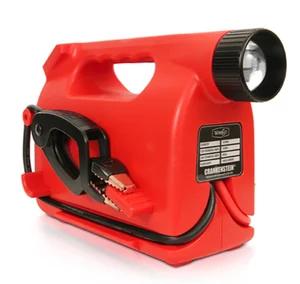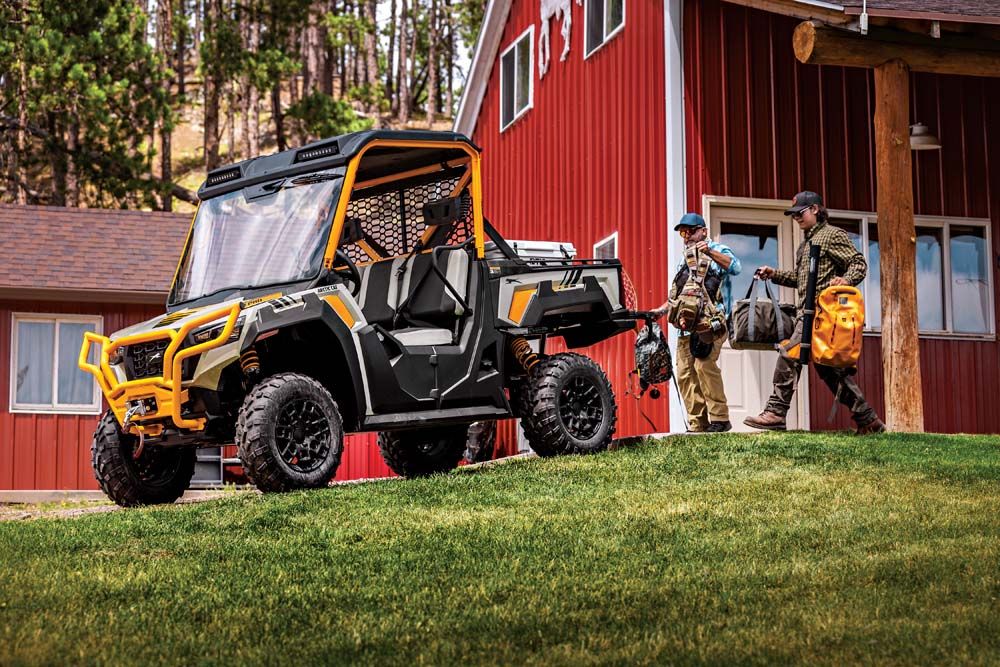Six Tools to Replace Now - It’s not wasteful if new ones are better


We are all guilty, so don’t deny it: there are tools on our workbench, in our shed, or in the toolbox that you just can’t part with.
Your grandfather’s wood plane. That free screwdriver that came with an appliance. A box of drill bits. That one tool that you paid a lot of money for…but haven’t really used.
Here’s the news, though—you should get rid of them. Clutter is unproductive, worn tools can actually cause injury, and the bottom line is that many tools now available are better in substantial ways than that old one.
Toss that rechargeable drill

Remember that day when you were so happy that you could drill a hole without having to string extension cords? That first rechargeable drill seemed so advanced, so cool. But what happened?
Over time, the old NiCad batteries lost their ginger. So you leave it plugged in all the time, just in case, but now you only get a half-dozen holes before it winds down to nothing.
Get rid of it.
Today’s lithium-ion batteries are not only smaller, lighter, and more powerful, but they can hold a charge for a year or more. You don’t have to leave it plugged in—and shouldn’t, unless the manufacturer’s charging station says so.
Look instead to new cordless drills that feature LED lights to actually see where you are drilling, built-in levels, and convenient magnetic screw or bit holders. The names are all familiar: Black & Decker, Dewalt, Milwaukee, Bosch, Makita, Craftsman, and Worx can be found at hardware stores, big box stores, and elsewhere.
Buying advice: invest in an extra battery or two, since when you start, you won’t want to stop. Often, these can be used on other devices by the same manufacturer.
Say sayonara to small saws
Given that those rechargeable tools fit so many other devices, imagine getting rid of your circular saw that you used only on that big project three years ago. Or the sander that was indispensable when you were refinishing antiques 20 years ago. Or a host of other specialty hand saws that didn’t really work so well but you keep anyway.
Enter the oscillating multi-tool: Bosch’s, for example, is a lightweight, 12-volt tool that delivers up to 20,000 oscillations per minute. Because the business end for cutting is at the end, you are able to get into tight spaces. Bosch has a unique accessory interface shaped like a pop bottle cap that puts maximum torque to the blade, and it’s magnetic for faster changes for flush-cutting, plunge-cutting, sanding, grinding, and more.
Best use: It’s an ideal tool to flush-cut doorjambs. Bosch’s battery and charger sold separately.
Pitch the power washer and weak hoses
Once you switched from the garden hose to a power washer for cleaning the car, truck, or tractor, there was no going back. But there is a drawback—it can virtually peel the paint off.
New on the market are power washers that aren’t always subscribing to the MORE POWER! philosophy. As an added plus, many, like The Generac SpeedWash, allow you to dial-up or dial-down the power to get the specific job done without damage or wasting water.
(Generac’s unit has settings for automobiles, wood and siding cleaning, concrete and pavement setting, and a soap setting for applying cleaning products.)
Best news: Today’s new hose materials replace the old rubber high-pressure hoses that are prone to unnecessary coiling or kinking.
Slam-dunk screwdrivers
Not everything is power-related, and there are some times a good old-fashioned screwdriver has the finesse you need.
But, you need to look at the business end. If any are cracked, chipped, or rounded over, it’s time for them to go. Not only have they been abused, but screwdrivers that have damage are usually those made of softer metal and lower-cost machining processes. They weren’t made to last.
It usually isn’t worth trying to re-edge flat-edge screwdrivers—grinding them down is like choking up on a baseball bat, because you end up with less power. And nobody has any luck grinding or filing a new tip into a Phillips screwdriver.
Of those that are left, pick them up and squeeze the grip really hard. Does it fit your hand comfortably? Is it too long or too short? How about edges around the grip? If any seem to cut into your hand when you squeeze tightly, then they should go.
Buy new and look for the highest-quality in a set (for versatility, you want a set), and be prepared to comparison shop. Tried-and-true names like Craftsman and Stanley are fine for most applications, since they offer different levels of quality. If you want a lifetime-of-use screwdriver set, look to manufacturers used by professional mechanics, like MAC, Snap-On, and Klein. They cost more, but are almost always worth it.
Ditch the drill bits
Like screwdrivers, drill bits have a lot of use at one end. Look very carefully at yours, and if any have the least bit of shine at the end or rounded, get rid of them.
Yes, you can buy a drill sharpening tool and keep running them through, but in the end it is almost always easier and better to just buy a new set.
Dump digging tools
Finally, look at your digging tools with wooden handles. Few of us today can appreciate the “give” that proper wooden handles offer since we’re not often digging trenches with shovels, picks, mattocks, or sledge hammers all day long.
Take a good hard look at these tools’ handles for splits, cracks, or signs of past straining. For anything with a heavy end, like a sledgehammer or mallet, make very certain it is firmly attached. If you detect any wiggle or if it slides up and down, get rid of it for safety reasons.
Tags:Product Sneak Peek

Acreage Life is part of the Catalyst Communications Network publication family.
















